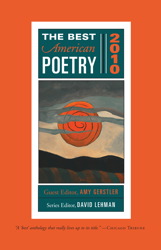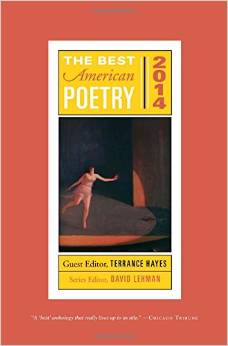CRETE - 1941 AND 1971
by J. Zimmerman.
At the village entrance, the glass casket, full
of human bones, meets the traveler to Crete.
The moon gleams like a skull upon each skull.
Fishermen (fathers, husbands, or sons of these sorrowful
fragments) ferried to ships the Allies in retreat.
At the village entrance, the glass casket, full
of ghosts of women and children torn fearful
from cottages, remembers the Nazi military elite.
The moon gleams like a skull upon each skull,
upon slim bones from arms that once could lull
babies, and upon bones from babies feet.
At the village entrance, the glass casket, full
of thighbones, commemorates those too slow to haul
themselves into the hills. In the evening heat,
the moon gleams like a skull upon each skull.
Three decades later, German sailors, dull
to history, laugh together jostling on a seat
at the village entrance - the glass casket. Full
the moon gleams like a skull upon each skull.
Copyright
© 2002-2015 by J. Zimmerman.
(This e-publication @ Ariadne's Poetry Web, September 15, 2002.)
(An earlier version first appeared in The MacGuffin XVII, 2, 2000.)
|
|

 Haibun.
Haibun.
 Haiku.
Haiku.
 Hay(na)ku.
Hay(na)ku.
 Rengay.
Rengay.
 Tanka.
Tanka.
 Tan-renga.
Tan-renga.
 Concrete.
Concrete.
 Fib.
Fib.
 Ghazal.
Ghazal.
 Lai.
Lai.
 Pantoum.
Pantoum.
 Prose poem.
Prose poem.
 Rondeau.
Rondeau.
 Rubáiyát.
Rubáiyát.
 Sestina.
Sestina.
 Skaldic verse.
Skaldic verse.
 Sonnet.
Sonnet.
 Terza rima.
Terza rima.
 Triolet.
Triolet.
 Tritina.
Tritina.
 Villanelle.
Villanelle.
 El Poema Concreto.
El Poema Concreto.
 J. Zimmerman (poems).
J. Zimmerman (poems).
 J. Zimmerman (haiku).
J. Zimmerman (haiku).
 J. Zimmerman (tanka).
J. Zimmerman (tanka).



